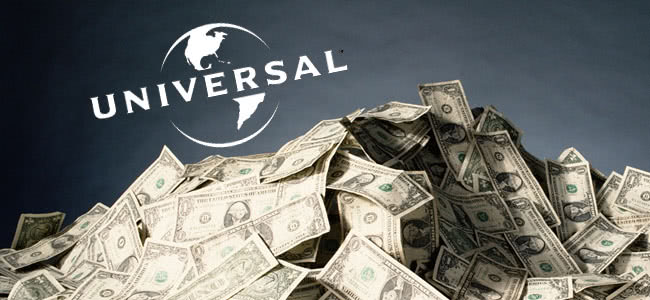If you’ve never heard of the International Federation of the Phonographic Industry (IFPI), just know that they’re one of those very important music industry “bodies” that are constantly releasing “reports” full of statistics and calculations. They recently did just that.
So, what did their freshly released annual ‘Investing In Music’ report show? Quite a few things, actually. Most interesting of all, perhaps, is just how much it costs to break a new artist into a major market in 2014.
According to the IFPI’s report, breaking a new artist will run you somewhere between $500,000 and $2 million. This cost is comprised mostly of advances, content production costs, tour support, and marketing.
As the IFPI writes, these figures highlight the enduring importance of labels in ensuring new music is always coming out. After all, we don’t have $2 million to invest in a new artist, do you?
Overall, the IFPI found that $4.3 billion was spent by labels on upfront talent-scouting and marketing costs last year alone, with virtually zero upfront investment coming from so-called vanguards like Spotify, iTunes, Google, or SoundCloud.
[include_post id=”426983″]
“Record companies remain the largest upfront investors in artists’ careers,” the IFPI notes. In fact, the global label trade group goes so far as to call its members, those evil labels we all hate, “the engine room of the global music industry”.
If you’re still skeptical (we know we are), the IFPI reckons the $4.3 billion a year investment by indie and major labels worldwide accounts for 27% of their revenue, up from 26% back in 2011. This means that over the last five years, labels have collectively invested over $20 billion in developing and promoting new artists and music.
“Record companies invest a greater proportion of their global revenues in A&R than most other sectors do in research and development,” the IFPI writes, which, as Complete Music Update notes, is a “customary though generally accurate claim always made when these kinds of record industry stats are published”.
“Comparisons show music industry investment in A&R (16%) exceeding the R&D investment of industries including software and computing (9.9%) and the pharmaceutical and biology sector (14.4%),” the IFPI adds.
According to the IFPI, that ridiculous amount of money went to some 7,500 artists who signed to the three major labels in 2013, plus the tens of thousands of acts who allied with the independents. One fifth of those signings were new artists.
[include_post id=”425342″]
But at the end of the day, we all know that labels, especially the major ones, are on their way out and live music is driving everything these days. It’s basically common sense now that the only way to make a living in music is through touring.
Unless the IFPI is to be believed, because they reckon that live performance has “not replaced recordings as the driver of the music industry”. They add, “While record companies invest $2.5 billion in A&R, there is little evidence of such substantial investment in new music coming from any other source.”
“All of the five top grossing live tours of 2013 were by artists who first released albums nine or more years previously, with one group having recordings going back 50 years. Few artists can achieve a scalable, sustainable music career without producing recorded music.” Damn. Shots fired.
Of course, as Tone Deaf previously reported, while labels are investing inarguably huge amounts of money into their artists, it’s questionable just how much ends up in the artist’s pocket or whether artists are better off signing with a label, particularly a major one.
So, as Complete Music Update conclude, while you can say what you want about the evil, nefarious, ugly, fang-toothed labels, “you can never – ever – accuse them of failing to publish an annual report telling you how important they all are”.




































